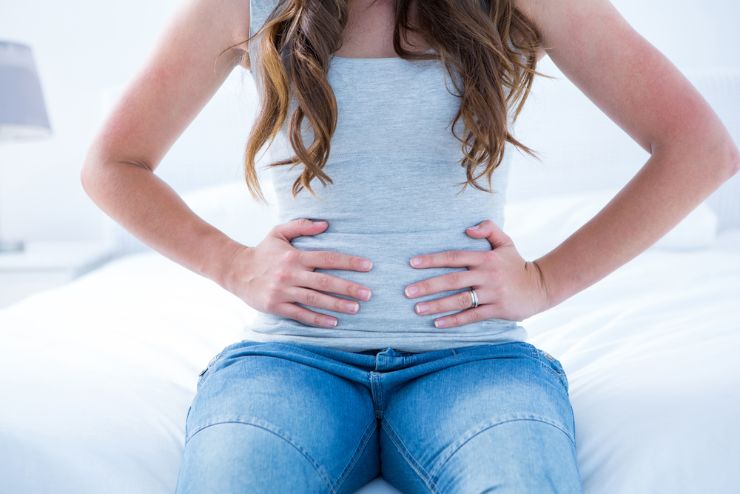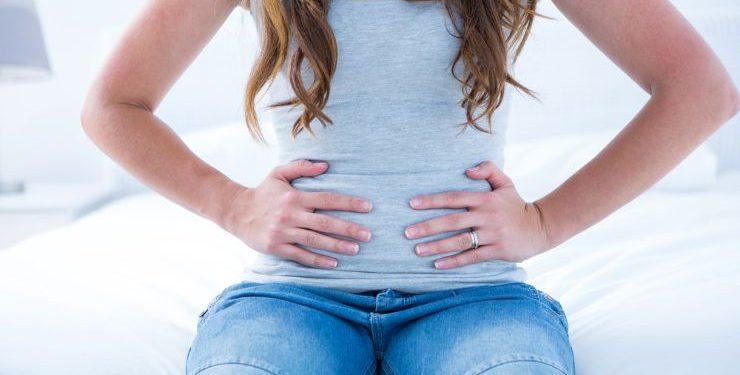Cramps are a pain that occurs in the abdomen, pelvic area or lower back before or during your menstrual period. They are usually a mild nuisance lasting a day or two, but can sometimes be severe and disrupt daily activities.
Women have periods from their teen years until they reach menopause. Between periods, the uterus builds up a lining of blood and tissue to help prepare for pregnancy. When a woman has her period, the lining breaks down and releases hormone-like substances called prostaglandins, which cause the uterus to contract.
Prostaglandins also make nerve endings in the uterus more sensitive to pain. If the uterus contracts too strongly, it can press against nearby blood vessels and cut off the supply of oxygen to part of its muscle. This can cause you to feel pain as oxygen is momentarily deprived from the blood vessels.
Over-the-counter pain relievers, like ibuprofen or naproxen, can help reduce the amount of prostaglandins in your body and lessen the cramping you experience. If you take these medications, they should relieve your menstrual cramps in a few days. However, be sure to check with your healthcare provider first to ensure that they are safe for you. They may not be suitable if you have ulcers or other stomach problems, bleeding problems or liver disease.
Your doctor will look at your menstrual cycle and the symptoms you are experiencing. They might do a pelvic exam to see if there are any growths or other conditions in your uterus that could be causing the pain, such as endometriosis or adenomyosis. They might use a special tool called a speculum to see inside your vagina and cervix. They might also use their fingers to check your ovaries and uterus for any growths or other changes that are not normal.

If you have primary dysmenorrhea, the pain you experience may be caused by an increased level of prostaglandins in your body. This is especially true for women who are sensitive to the prostaglandins and women who have other conditions that increase their risk of menstrual pain.
The treatment for primary dysmenorrhea varies by woman and depends on the reason for the pain. For example, if the pain is due to an underlying condition or illness that requires medication, your healthcare provider may prescribe oral contraceptives, antidepressants, or other drugs.
Oral contraceptives can reduce the frequency of your menstrual pain and may even stop it entirely. Other treatments, such as acupuncture and transcutaneous nerve stimulation (TENS), can help reduce the pain by raising your body’s natural pain threshold.
You can also try heat therapy or a heating pad to help reduce the pain of your menstrual cramps. Many studies have found that continuous low-level topical heat therapy from a heated patch, pad or water bottle helps. Other therapies include a massage or physical therapy, hot baths, or medications.
A healthcare professional can prescribe medication if the pain doesn’t respond to heat, a hot bath or other treatments. They may also recommend exercise, a healthy diet and some nutritional supplements to help you manage your symptoms.









